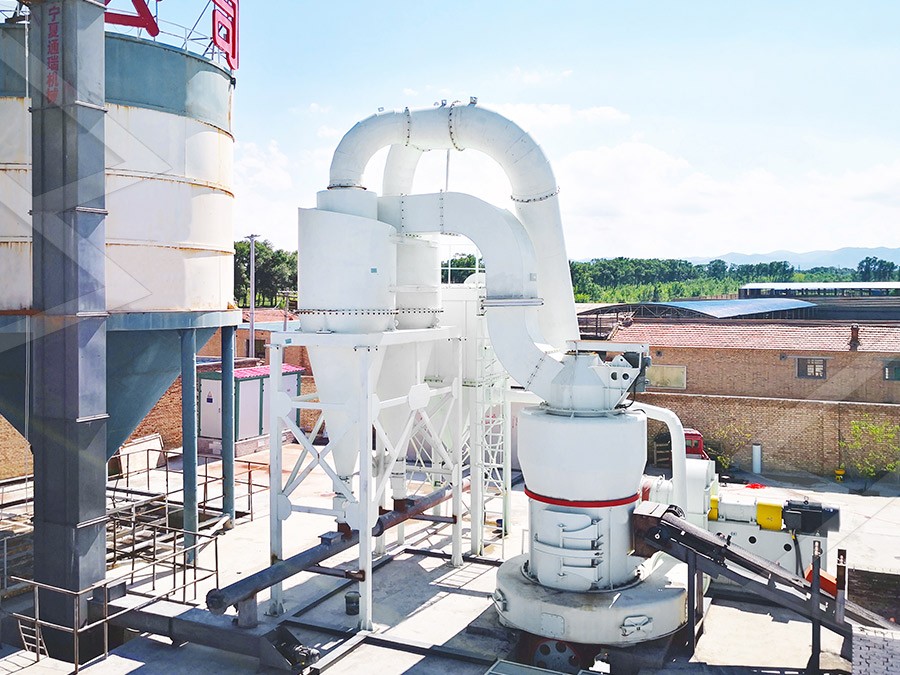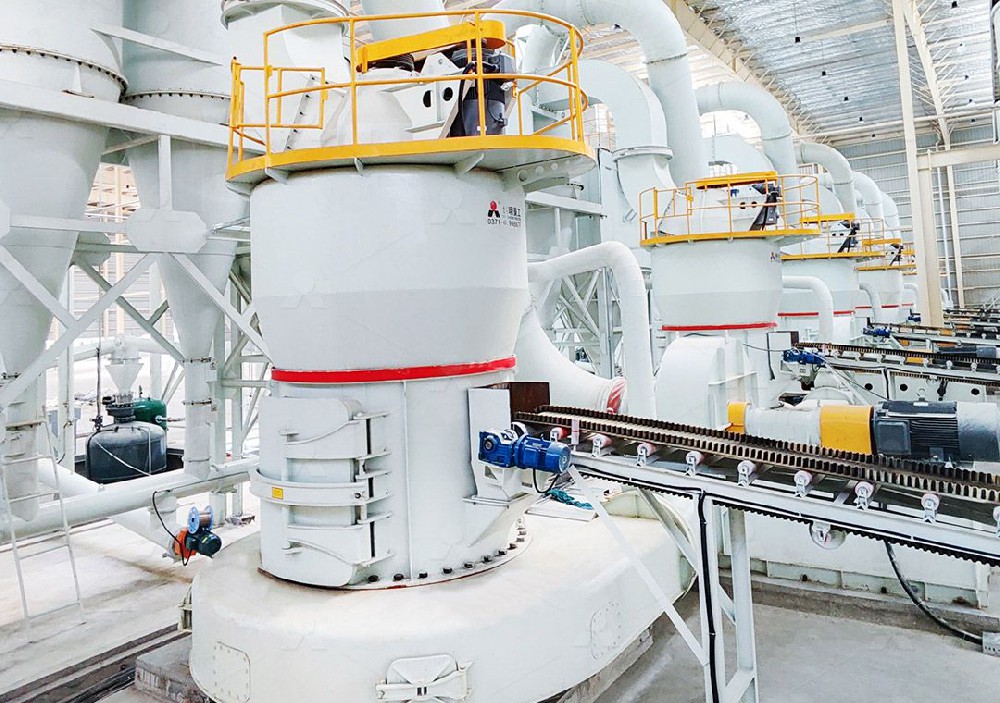Industry News
Raymond Mill vs Ball Mill: Which One Fits Your Grinding Needs?
2025-08-28 08:35:31
We are Liming Heavy Industry, a manufacturer of various types of industrial crushers, such as Raymond Mill, Trapezoidal Mill, Vertical Mill, Ultrafine Mill, Ball Mill, etc.
Our mills can process the following minerals:
limestone, quicklime, kaolin, talc, barite, bentonite, calcium carbonate, dolomite, coal, gypsum, clay, carbon black, slag, cement raw materials, cement clinker, etc.
If you need a mill to process stone or minerals into powder, please feel free to contact me (WhatsApp: +86 153 3380 7511). Thank you.
When it comes to selecting equipment for mineral grinding, two machines are often compared—Raymond mill and ball mill. Each operates on a different principle and offers distinct advantages, making them suitable for different applications. Below is a breakdown to help you decide which is the better fit for your operation.

1. Grinding Principle
Raymond Mill: Utilizes grinding rollers and rings to apply compression and shear forces. The built-in classifier ensures consistent particle size, typically between 80–400 mesh.
Ball Mill: Works through the impact and abrasion of steel balls inside a rotating drum. The output usually falls in the 200–400 mesh range.
2. Energy Consumption
Raymond mills are known for their efficiency, using 30–50% less power than ball mills of similar capacity.
Ball mills, by comparison, consume more energy because of the friction and impact involved, especially when producing finer powders.
3. Fineness Control
Raymond mills provide precise control of particle size by adjusting classifier speed, making them ideal for fine and medium powders.
Ball mills are less consistent when it comes to fine grinding below 400 mesh, often requiring additional classification equipment.

4. Wear and Maintenance
Grinding rollers and rings in Raymond mills typically last longer, resulting in lower wear part costs.
Ball mills, on the other hand, require frequent replacement of steel balls and liners, increasing maintenance effort and cost.
5. Capacity and Material Handling
Ball mills can process larger feed sizes and are better suited for coarse grinding or handling mixed raw materials.
Raymond mills perform best in continuous fine grinding but may struggle with overly hard or high-moisture materials.
6. Investment and Operating Costs
Raymond mills involve a higher upfront investment but deliver lower long-term operating costs due to reduced energy use and maintenance.
Ball mills are cheaper to purchase initially but tend to be more expensive to run over time.

Conclusion:
For energy-efficient fine to medium grinding (such as limestone, gypsum, or calcite), the Raymond mill is usually the smarter choice.
For coarse grinding or impact-based applications (such as ore or ceramics), the ball mill remains indispensable.
In most non-metallic mineral plants aiming for efficiency and fine output, the Raymond mill proves more advantageous. Still, ball mills retain value where toughness and coarse grinding are priorities.







